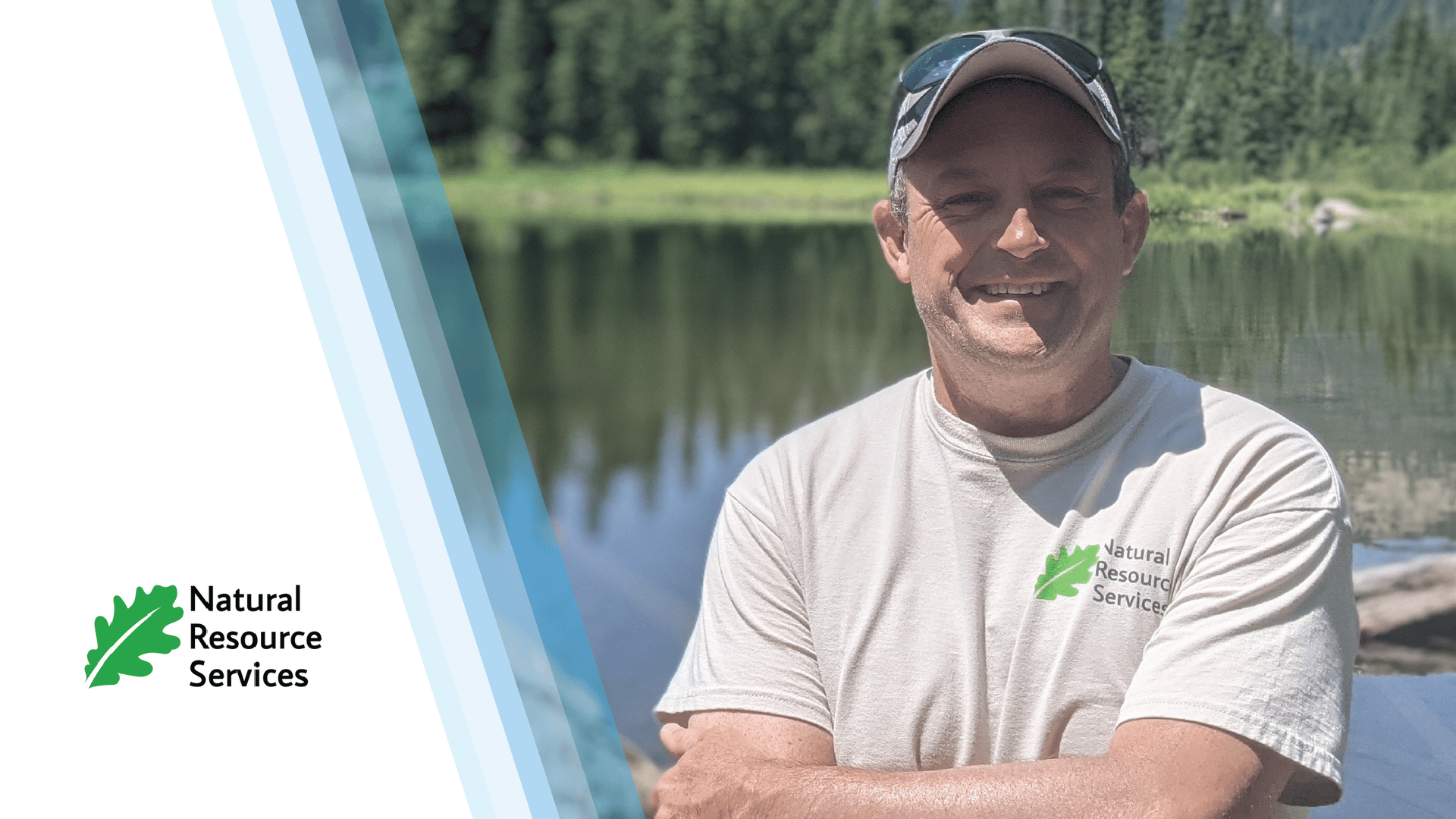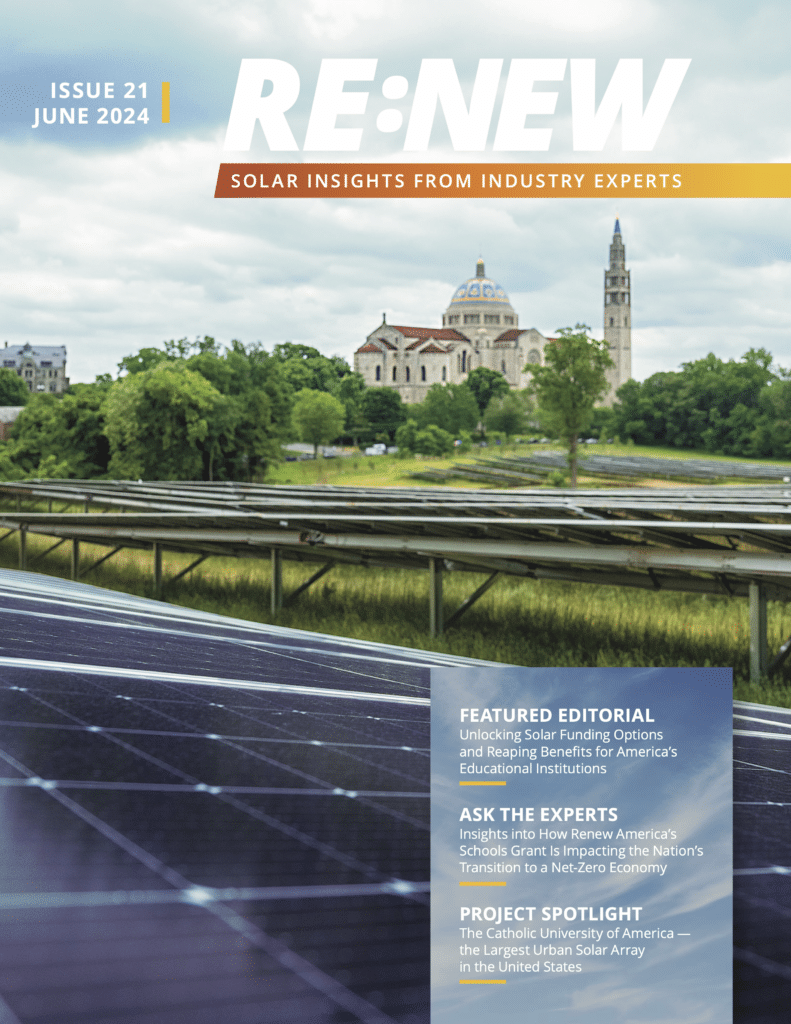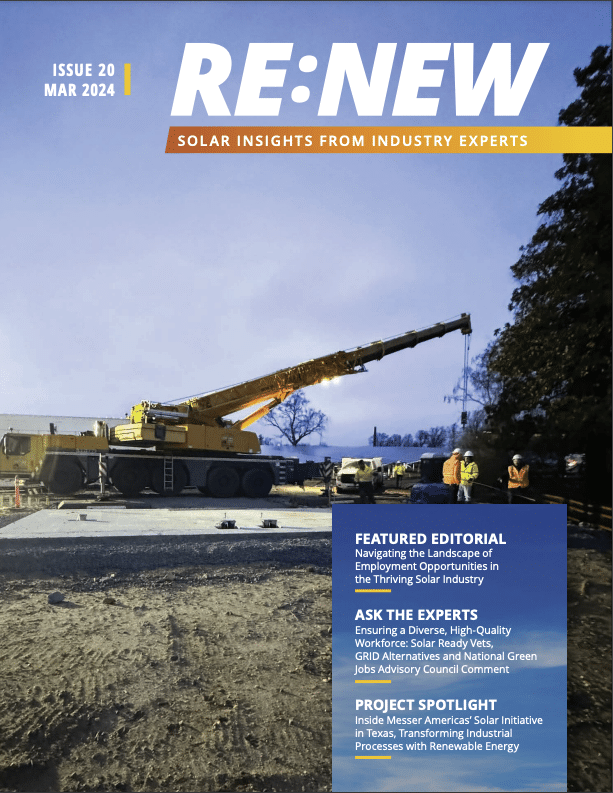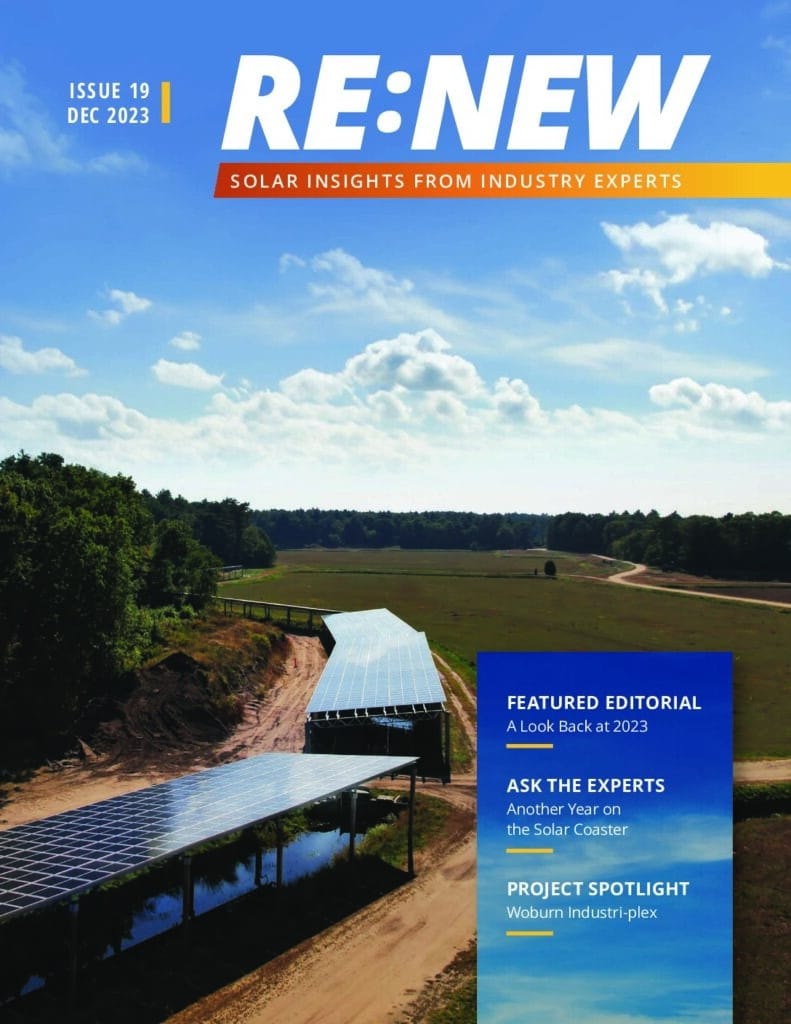How does solar fit with Natural Resource Services’ mission?
The mission of Natural Resource Services is to restore native plant communities wherever they have been degraded or destroyed. For example, less than 4% of the original prairie ecosystem in the United States remains. Solar has created a parallel opportunity to restore these native plant communities on thousands of acres across the U.S. Native plants have evolved to thrive in the conditions and areas in which they grow. By utilizing plant species that are native to the region in which the array is built, you create a landscape that is resilient and mostly self- sustaining. Practically, this provides predictable vegetative results on solar sites with declining maintenance costs to solar site owners. All of this occurs while the solar array provides forage, nectar and pollen for native insects of all types, nesting habitat, improved water filtration and greatly enhanced soil quality. If, ultimately, the land returns to agricultural production after the lifespan of the array, the native plants will have replenished the soils far more than any other vegetation or land use option.
Most people think of solar panels as just utility instruments to provide electricity to homes and businesses. Please explain the ways in which a solar array helps the environment.
Solar arrays are designed with a lifetime of 25 to 35 years using today’s technology. The panels provide clean energy throughout that time without the unwanted biproducts associated with burning fossil fuels. Solar arrays such as what Standard Solar has built include native habitat as the vegetation cover across the sites. Every solar array seeded with native habitat is not only producing clean energy, but also providing a critical portion of restored native habitat which supports the resurgence of the native insects we love to see, from monarchs to bumblebees to the endangered Karner blue butterfly.
Are there any natural resources in particular that benefit most from solar arrays? What’s thriving because solar was part of the solution?
Solar has provided the catalyst to restore these critical native plant communities where there otherwise wouldn’t have been the opportunity. We are thankful that companies such as Standard Solar have had the foresight and courage to choose this path. Every acre restored provides the essential habitat that pollinating insects require. Because many of our food crops are reliant upon insect pollination, there is a direct correlation to food production.
Soil health is another important aspect that is positively impacted by native vegetation cover on solar sites. By establishing deep-rooted native vegetation that will persist for 25+ years, soils are built back up. Lack of tillage during this time prevents erosion which conserves our precious topsoil. This is similar in many ways to the USDA Conservation Reserve Program which pays farmers to plant portions of their agricultural land with species that will provide environmental benefits, and these CRP acres are not actively farmed for the length of the contract, typically 10–15 years.
Can solar be used to help restore or protect the environment in every kind of habitat?
Native plant communities restored on solar sites can be beneficial to many habitat types, directly or indirectly. For example, an array built on agricultural land adjacent to a river could be restored with native prairie vegetation — assuming the project was located in an area where prairie vegetation was indigenous. Once established, the upland prairie plant community would provide a large buffer protecting the river from sediment runoff, fertilizer, herbicide and other pollutants that would otherwise negatively impact the waterway. These types of native buffers are frequently planted along lakes, rivers and wetlands for this very reason. Here, the vegetation would help protect the river while providing low-maintenance pollinator habitat within the array.
There’s still resistance in some communities to solar installations going up. How do we inform people of the beneficial relationship between solar and nature?
Having been involved in the restoration industry for almost three decades, we know how challenging it can be to promote a novel concept and garner public acceptance. Thankfully, through relentless education and people’s growing awareness of environmental issues, restoration is now widely accepted and sought after.
Solar is much the same. Once a niche market, solar development is now leading the way in the clean energy movement locally and abroad. Most people acknowledge, or at least realize, that fossils fuels are becoming a less important part of our energy picture.
To gain additional public support, we have to continue to trumpet the multi-layered benefits associated with solar development. Perhaps utility companies/developers could hold open houses at completed arrays. Seeing these arrays firsthand, possibly with wildflowers in bloom and beehives making honey, might help to change mindsets.
What does the future look like for solar and the environment? Solar grazing and other agrivoltaic efforts are in their infancy — what’s next?
It’s a very exciting time for solar and we are very optimistic about where things are headed. As an industry, we are tasked with the stewardship of a massive and ever-increasing amount of land. The decisions we collectively make will impact thousands of acres for decades to come.
Grazing is a niche management practice that has benefits in the right situation, and crop production within arrays is becoming more feasible. These ideas will continue to be explored and vetted. The location of the array and needs of the local community can often drive the best land use solution. Regardless of how the industry evolves, we believe that establishing native vegetation on any parcel of land will always be critically important and a worthy option for any solar developer.
Are there things people can do on their own property with solar panels to protect, restore or enhance their local environment?
If you own a small solar array on private land, that’s a great place to install a prairie or other native vegetation. The wildflowers will naturally draw pollinating insects and if the landowner has fruit trees or vegetable gardens, they’ll see an increase in yield and size of fruits and vegetables due to the greater abundance of those pollinating insects. Native landscapes are beautiful, dynamic, low-maintenance and a welcome addition to any property.
More Recent Blog Posts
A Mixed Legislative and Regulatory Landscape: Standard Solar’s July Policy Brief
July 15, 2024
Trevor Laughlin · 4 min read
Community Solar, Front And Center: Standard Solar's June Policy Brief
June 18, 2024
Trevor Laughlin · 3 min read
Powering Ahead: Standard Solar's May Policy Brief
May 14, 2024
Trevor Laughlin · 7 min read
Powering Ahead: Standard Solar's Monthly Policy Brief
March 6, 2024
Trevor Laughlin · 4 min read
Most Popular Blog Posts
New California Legislation Takes Community Solar Access to New Heights
Harry Benson · 4 min read
How To Create A Complete Commercial PV Design Package
CJ Colavito · 4 min read
Why Is Financing Commercial Solar So Difficult?
Scott Wiater · 4 min read
The Undeniable Value of Solar Development on Brownfields and Landfills
Harry Benson · 4 min read






Share